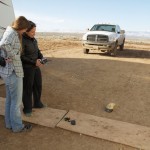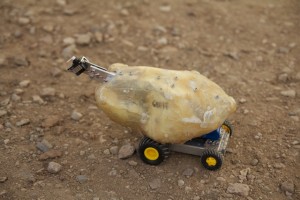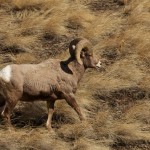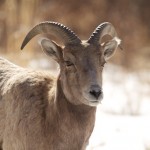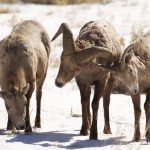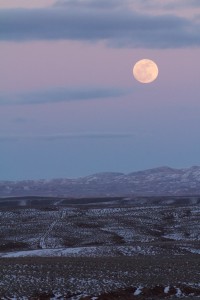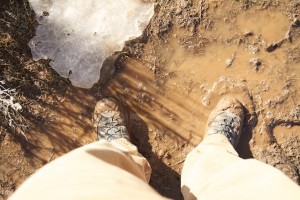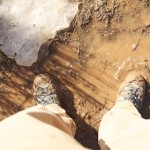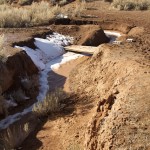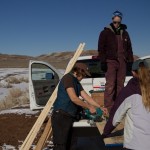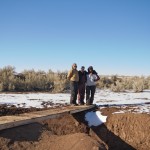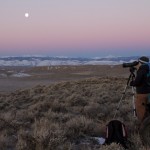 It’s always important to go into a field season with a great plan, but sometimes it’s just as important to be able to adapt that plan to the realities of an unpredictable world. We experienced this quite a bit last year- first when the snow levels and late-arriving birds caused us to add Preacher lek to the two we were expecting to monitor, and second, when our initial tries at measuring “environmental responsiveness” in male sage-grouse failed completely (these are not the most curious birds), and we moved to a sound playback that seems to have worked quite well.
It’s always important to go into a field season with a great plan, but sometimes it’s just as important to be able to adapt that plan to the realities of an unpredictable world. We experienced this quite a bit last year- first when the snow levels and late-arriving birds caused us to add Preacher lek to the two we were expecting to monitor, and second, when our initial tries at measuring “environmental responsiveness” in male sage-grouse failed completely (these are not the most curious birds), and we moved to a sound playback that seems to have worked quite well.
This year the big shake-up so far once again has been a change in leks. We wanted to work on Preacher, Monument, and Chugwater again, but our early season counts at Preacher have tallied only 2 or 3 birds! Not really enough to do much with. We aren’t sure where these birds have gone- whether this is some lingering effect of the noise introduction experiment from a few years ago, due to the prominent traffic noise drifting up from Rt. 789 near Riverton, or some other reason birds might be moving over to nearby Guston or maybe another undiscovered lek in the area. Either way, after considering our options, we’ve replaced Preacher with another lek in the area- Cottontail. Cottontail Lek is one of the closer leks- it is probably closer to camp than Chugwater. Like Monument, it is oriented in a valley opening out towards the Wind River Range. We’ve never done any experiments on either project there because it is just too big- even now counts are over 60 males, and back in the “big years” of 2006-2007, male counts could exceed 200! We will be working on one end of the lek, one of at least two activity centers there.

